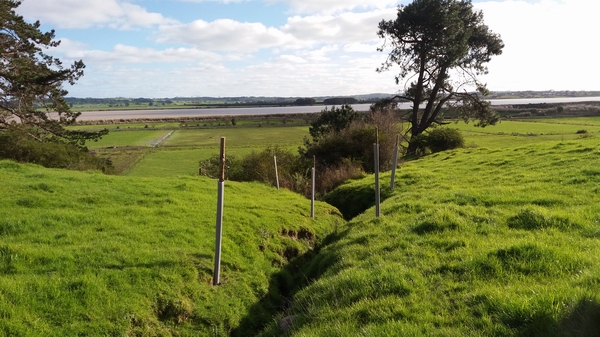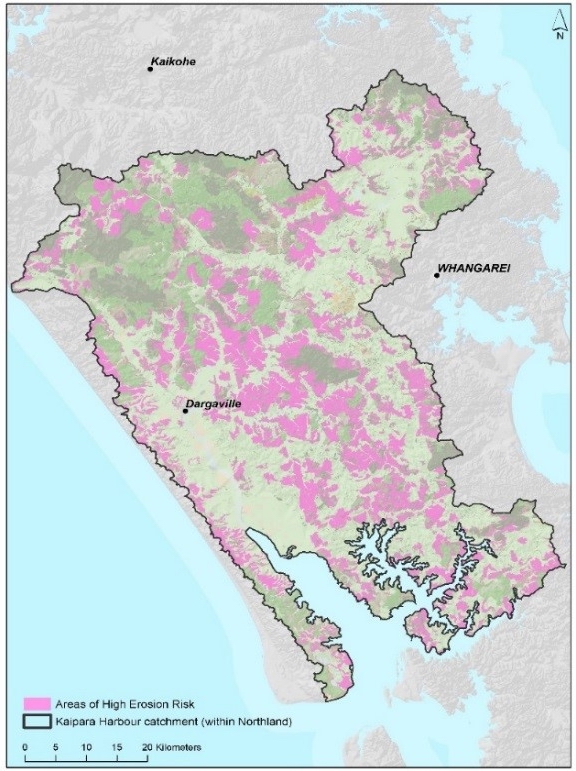Soil Conservation: past, present and future
Soil Conservation: past, present and future
Soil erosion control schemes were first introduced to Northland in the 1960s, with more than 300 farms actively managing soil erosion since then. Revisiting these historic schemes and assessing both the successes and failures of applied conservation methods played a huge role in progressing the Kaipara Hill Country Erosion Project, with current conservation recommendations influenced by what we have learnt.
Soil conservation is constantly evolving, changing with our altering landscape and environment. As part of the Kaipara Hill Country Erosion Project, the regional council funded soil conservation trials and research to further progress soil conservation within the Kaipara catchment and across Northland. A short video highlighting the history, present day issues and future potential of conservation poplar within Northland follows.
If your property is in a high erosion risk area and you’d like some advice on soil erosion issues, our land management advisors are keen to work with you. We can help you with tailored plans and conservation techniques to enhance the productive capability of your land and at the same time reduce soil erosion and the rate of sedimentation. Contact us at the regional council on P: 0800 002 004.
Poplar trees for soil conservation | Northland's story
Watch the video about using poplar trees for soil conservation in Northland
Free soil conservation poplar and willows
Poplar and willow play a huge role in the fight against hill country erosion and the regional council actively promotes the use of both trees. We have provided free poplar and willow poles to land owners who need them for soil conservation purposes within the Kaipara catchment.
Find out more about poplars and willows for erosion control

What was the Kaipara Hill Country Erosion Project?
Sedimentation of the Kaipara Harbour is a long-standing issue with the state of the harbour’s physical and ecological values declining, partly because of increased sediment loads entering the harbour from its surrounding catchment. The Kaipara Hill Country Erosion Project was a four-year, $3.5 million land-based initiative (comprising central government, Northland Regional Council and land owners’ contributions) aimed directly at reducing sedimentation of the Kaipara Harbour.
Hill slope erosion is a major problem within the Kaipara catchment, with 23% of the catchment’s land area identified and mapped as high erosion risk hill country (based on land use capability, slope and vegetation - see the map below). These high-risk erosion areas occupy more than 102,000ha of the catchment and were modelled to account for approximately 72% of annual sediment loads entering the harbour.
 Areas of high erosion risk in hill country environments within the Kaipara catchment.
Areas of high erosion risk in hill country environments within the Kaipara catchment.
